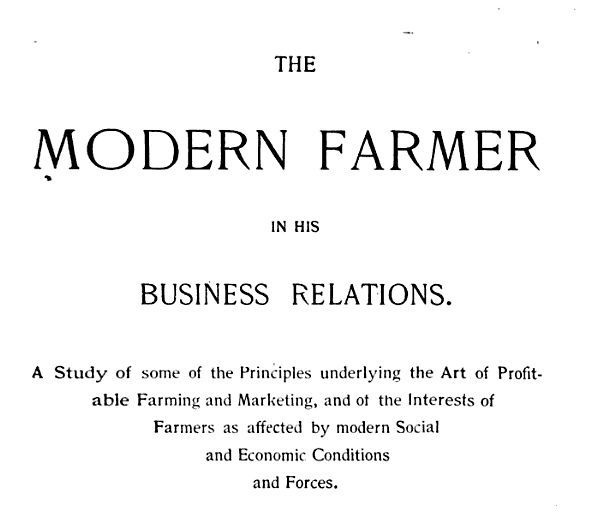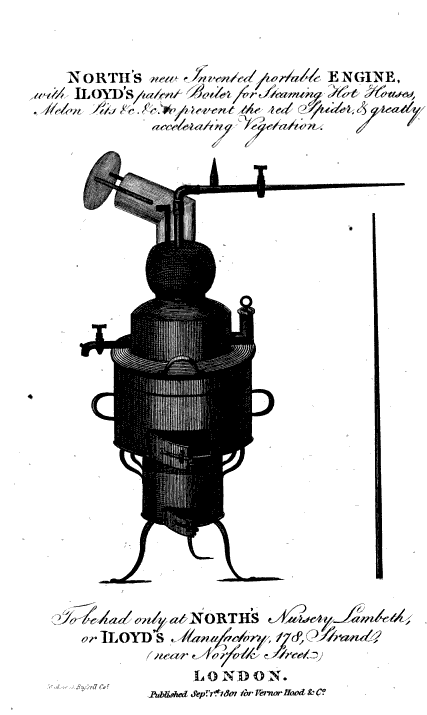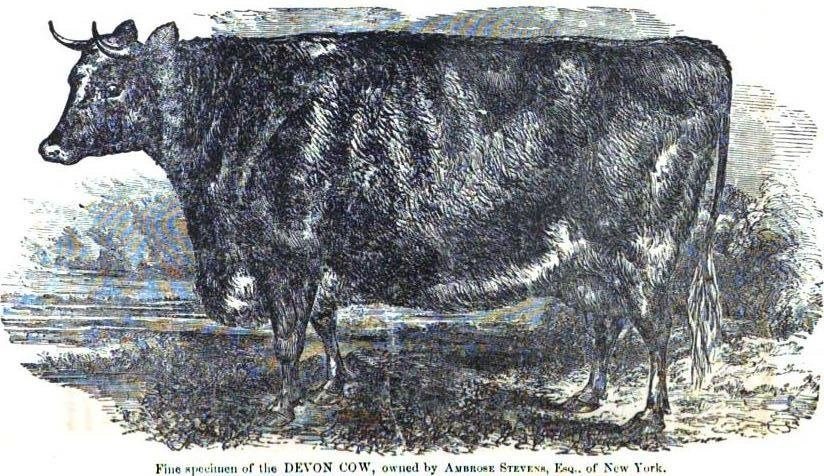We pride ourselves on being unique, but we have to be honest: There were early-1800s publications that shared our name.

What we discovered was that farmers of the past were worried about many of the same things as farmers of today are: growing the market for their products, trade barriers, and whether the next generation would be ready, willing, and able to take over for farmers who were aging out. They also shared the belief in technology and innovation – but of course, back then it was the latest ploughs and other horse-drawn implements, rather than drones and apps.
Here are three old-time Modern Farmer publications, which, we have to say, had ridiculously long taglines. (Ours, if you’ll remember, is short and sweet: Farm | Food | Life.)
[mf_h2 align=”left” transform=”uppercase”]1. Rural Recreations[/mf_h2]
Or, Modern Farmer’s Calendar: And Monthly Instructor: Exhibiting Under a Comprehensive Form, All the Operations Necessary on a Farm, for Every Month of the Year: as Well as All the Recent Improvements in Agriculture and Rural Economy
Phew! That’s a name! This British publication from 1802 was written in the midst of that country’s agricultural revolution. It provided farmers with a clear and easy-to-follow guide to make sense of the mass of information being produced by other farmers (including both George Washington and Thomas Jefferson) and scientists who were contributing to a growing body of agricultural knowledge.
Each monthly chapter contained a variety of projects the farmer could undertake. For instance, the January chapter included information on how to drain swampy land and tips on repairing fences; April’s had instructions on sowing spring wheat, and planting carrots and turnips; and the October section described how to build a stable and included tips for digging up root crops. (Tip: use children and old folks for the job.)
There’s still a lot of practical information that can be gleaned from the book, from how to build a fence to the many advantages of planting turnips. The discussions on the “newest” farm implements are just a bit (ahem) outdated.
[mf_h2 align=”left” transform=”uppercase”]2. The Modern Farmer[/mf_h2]
Or, Home in the Country: Designed for Instruction and Amusement on Rainy Days and Winter Evenings
In 1853, the publishing house of Derby & Miller rolled out this more than 450-page tome by Rev. John Lauris Blake, (1788-1857) an Episcopalian minister. In 1842, Blake – whose family was from New Hampshire – moved west and settled in Orange, New York, in the state’s Finger Lakes region, and he began farming 32 acres. He eventually put pen to paper to help other small farmers with a variety of practical, philosophical, and even aesthetic (the book has lots of poetry) agricultural questions, and he also included advice from a variety of other sources. A graduate of Brown University, Blake stressed the importance of education, science, and civic involvement for farmers and was heavily interested in soil health and good cultivation practices.
“A man who takes money out of his pocket faster than he puts it in will soon have none to be taken out and will be a bankrupt,” Blake wrote more than 160 years ago. “It is so with the farmer who takes away from his soil more than he returns to it.” This still holds true today.
[mf_h2 align=”left” transform=”uppercase”]3. The Modern Farmer in His Business Relations[/mf_h2]
A Study of Some of the Principles Underlying the Art of Profitable Farming and Marketing, and of the Interests of Farmers as Affected by Modern Social and Economic Conditions and Force
This 1899 work by Edward F. Adams, a farmer, newspaper columnist, and businessman from Santa Cruz County, California, focused on the business side of farming, and claimed to be the first to tackle the subject. Although much of the information is geared towards the ins-and-outs of banking and government regulations at the turn of the 20th century, the general principles still hold true and are worth a look. Adams believed (and, in some ways, it has come to pass) that if small farmers’ business abilities weren’t, “requisite to successful farming under modern conditions” then “farm labor will come to be exploited by able men conducting huge agricultural operations, just as mechanical labor is now exploited by Captains of Industry.”
Adams considered the farmer as primarily a businessman and secondly a steward of the land. He also believed technology was there to help farmers by allowing them to make use of the “discoveries of science to lessen costs of production.”
And we’ll throw in one more piece of advice many may find rings true during this political season: “The relation of the farmer to the politician should be one of profound distrust.”

